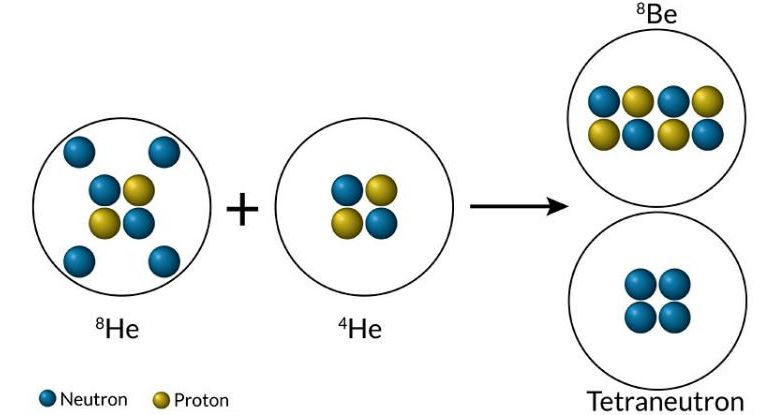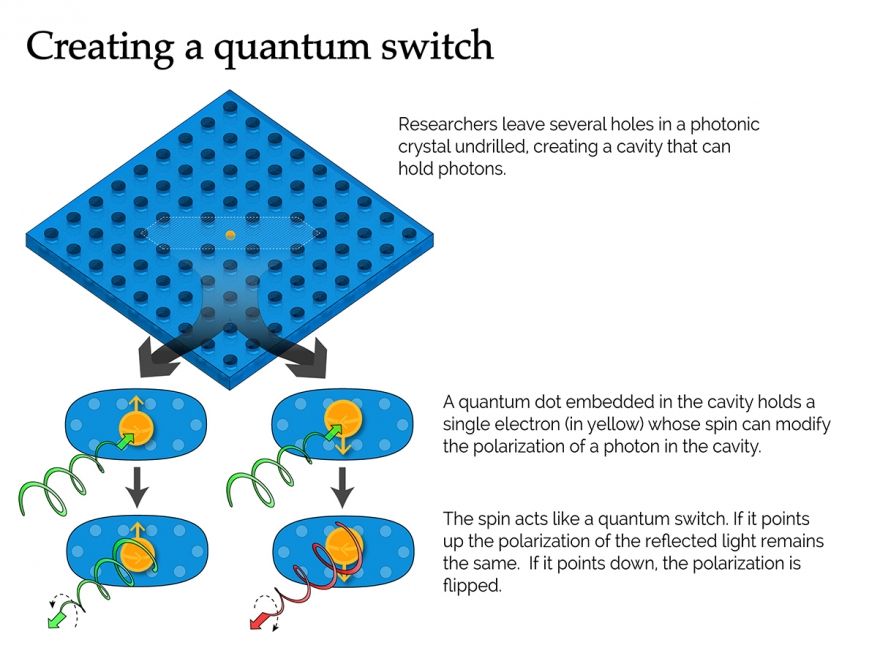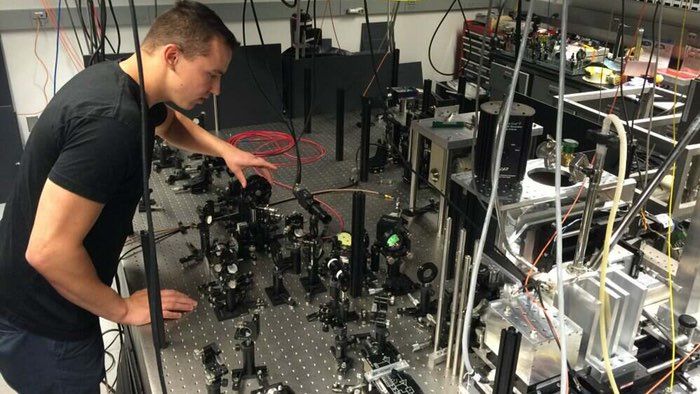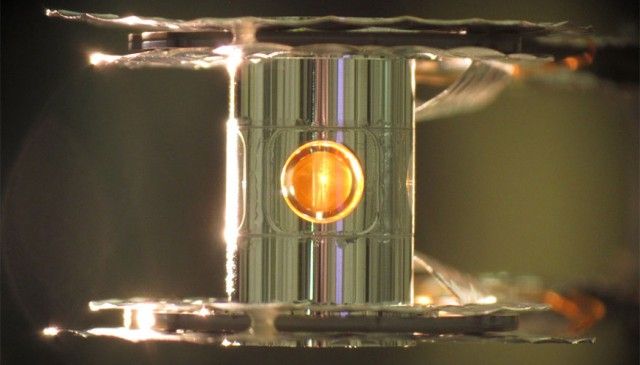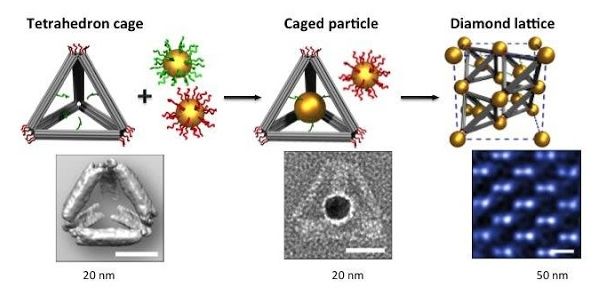Feb 10, 2016
Physicists say they’ve finally confirmed the existence of a ‘four neutron-no proton’ particle
Posted by Shailesh Prasad in category: particle physics
Physicists have found the most convincing signs of a tetraneutron — a four neutron-no proton particle — to date, adding weight to the possibility that the hypothetical particle really does exist. According to theory, this highly elusive particle cluster is impossible, because of how unstable lone neutrons are, but scientists in Japan say they’ve spotted its signature during recent experiments.
While the results need to be replicated independently before we can truly say the fabled tetraneutron exists, if other teams can confirm its existence, we’re going to have to make some serious changes to current understanding of nuclear forces. “It would be something of a sensation,” nuclear theorist Peter Schuck from France’s National Centre for Scientific Research, who wasn’t involved in the discovery, told Science News.
Physicists have been searching for the tetraneutron for decades, and while this 1965 paper concluded that no evidence could be found and “the existence of tetraneutrons is most unlikely”, four separate papers have since reported experimental observations of the particle.
